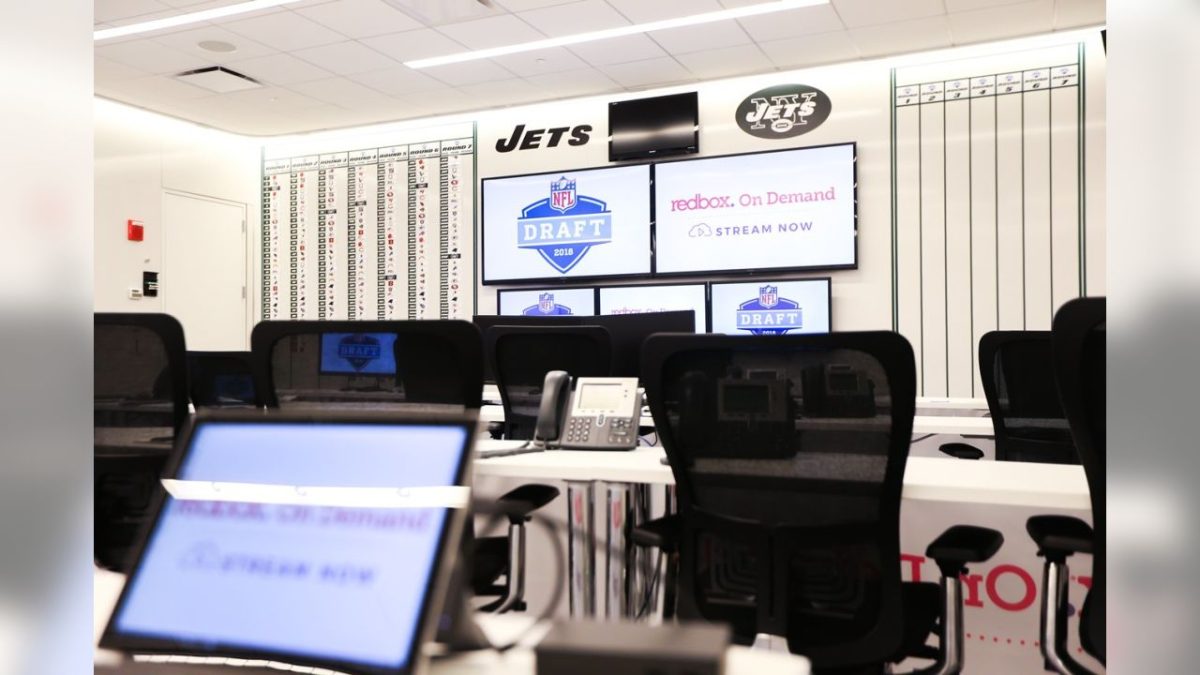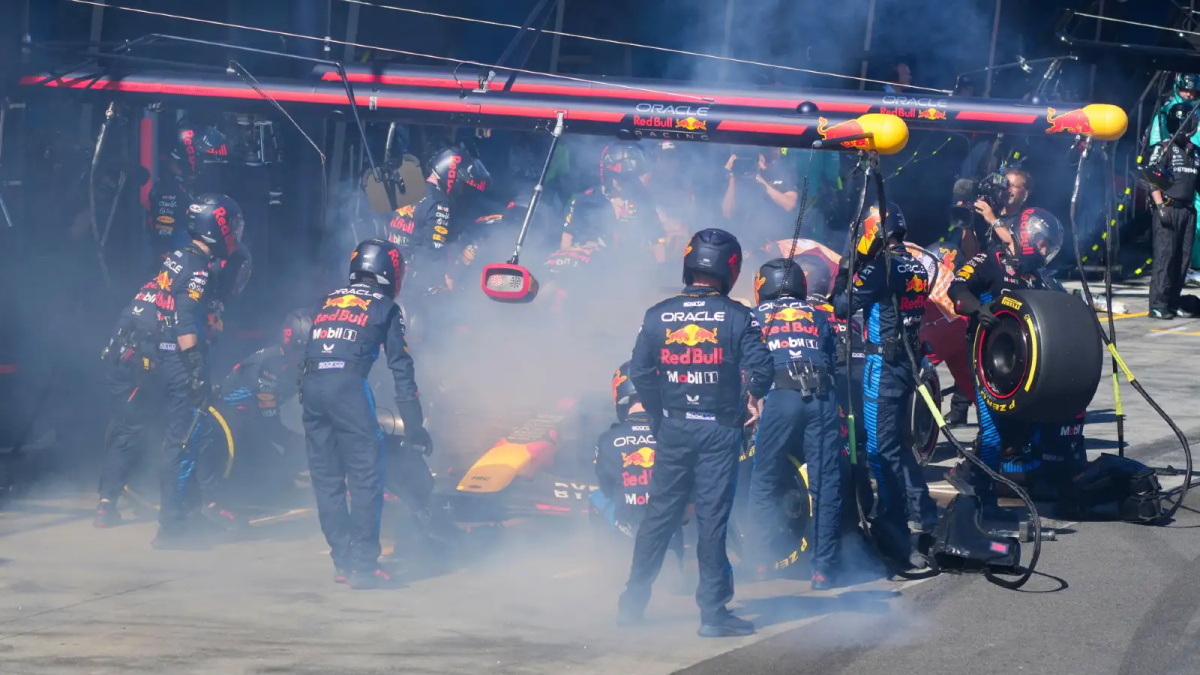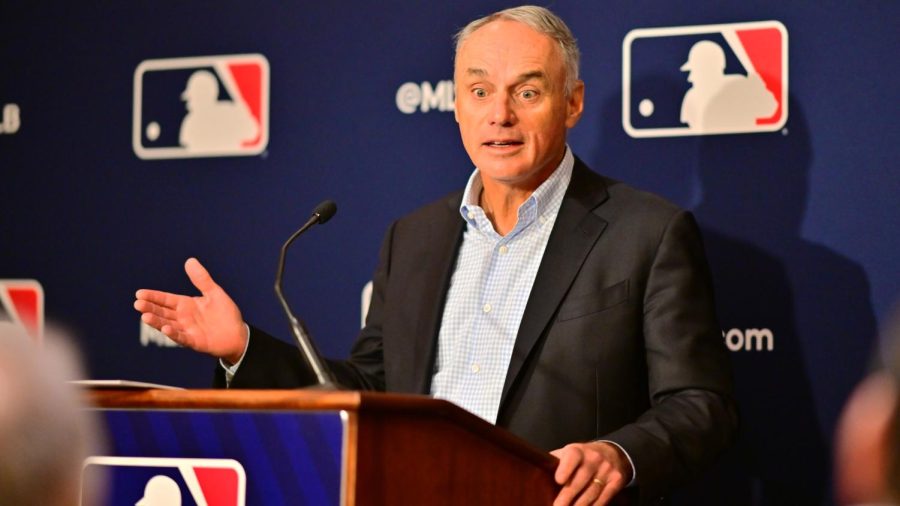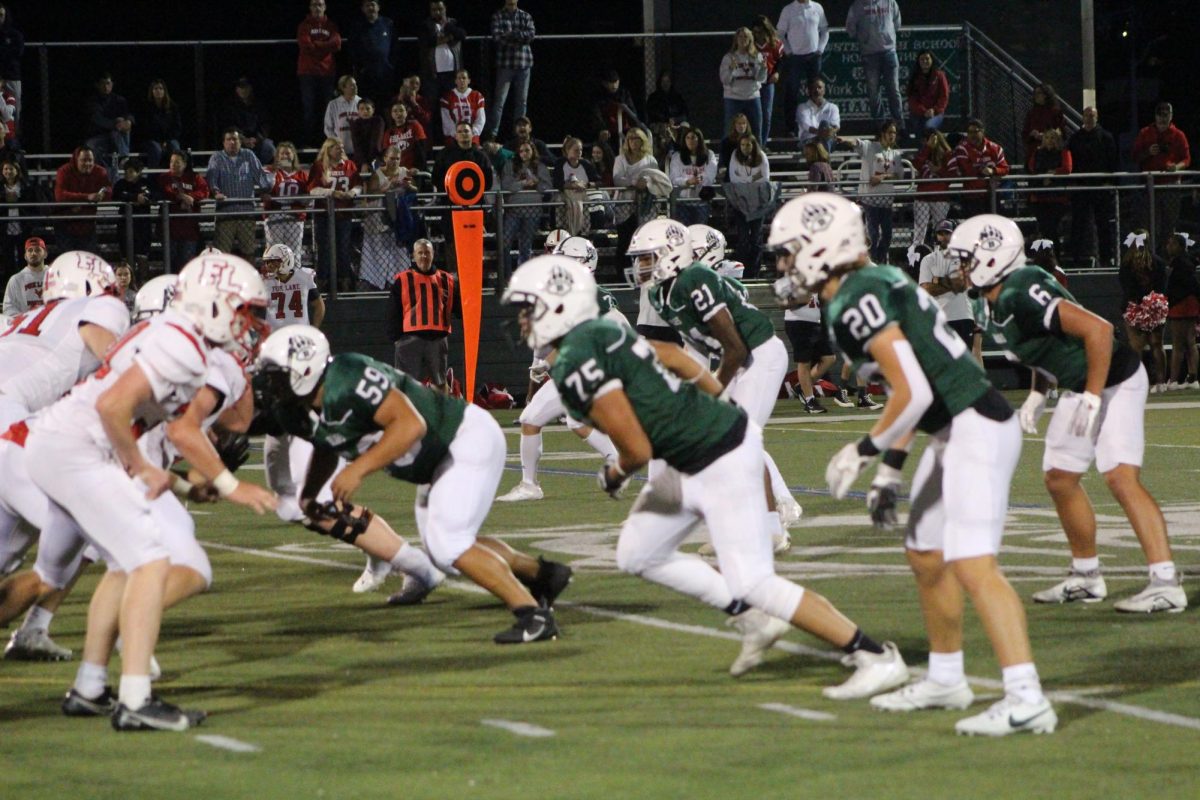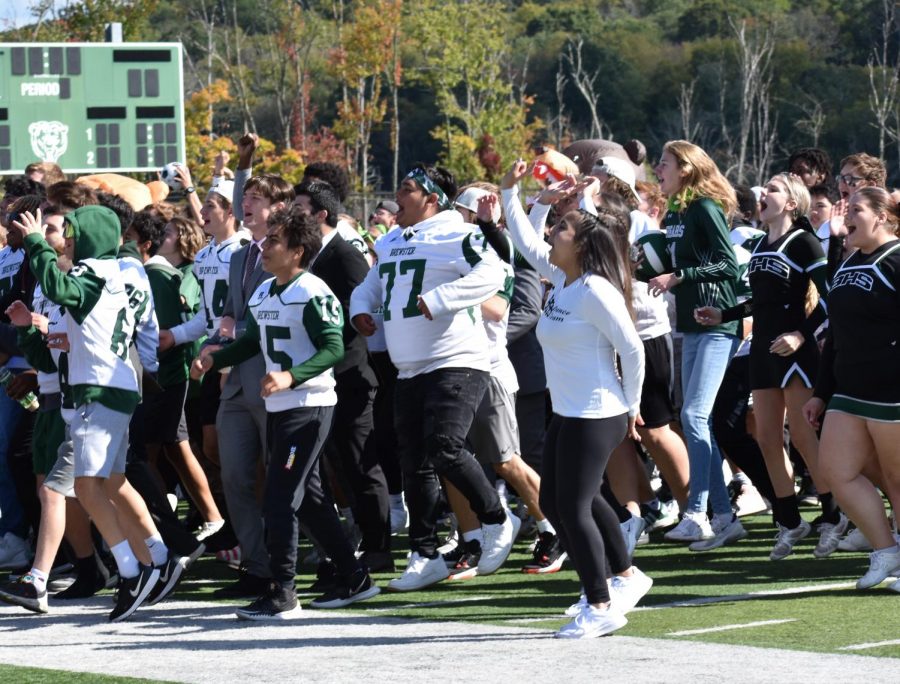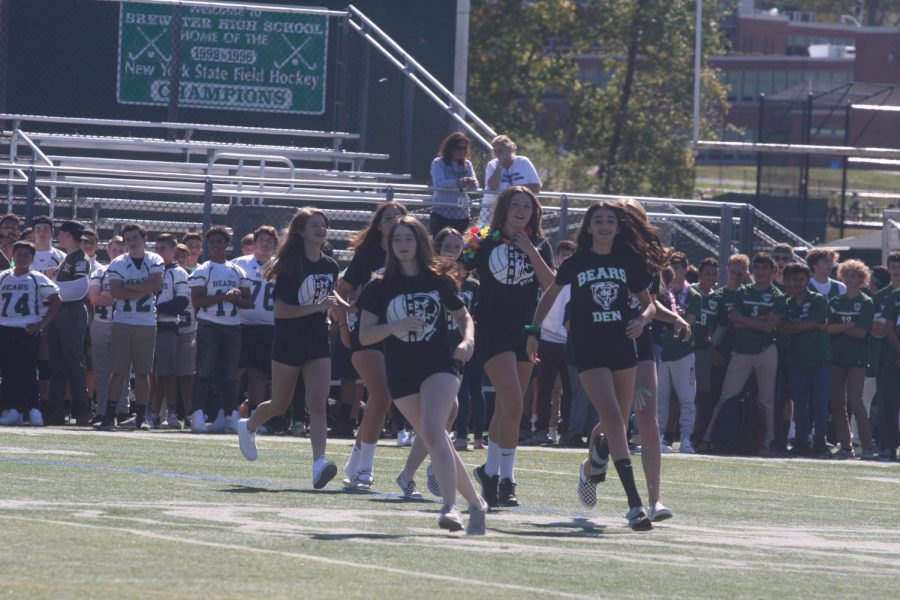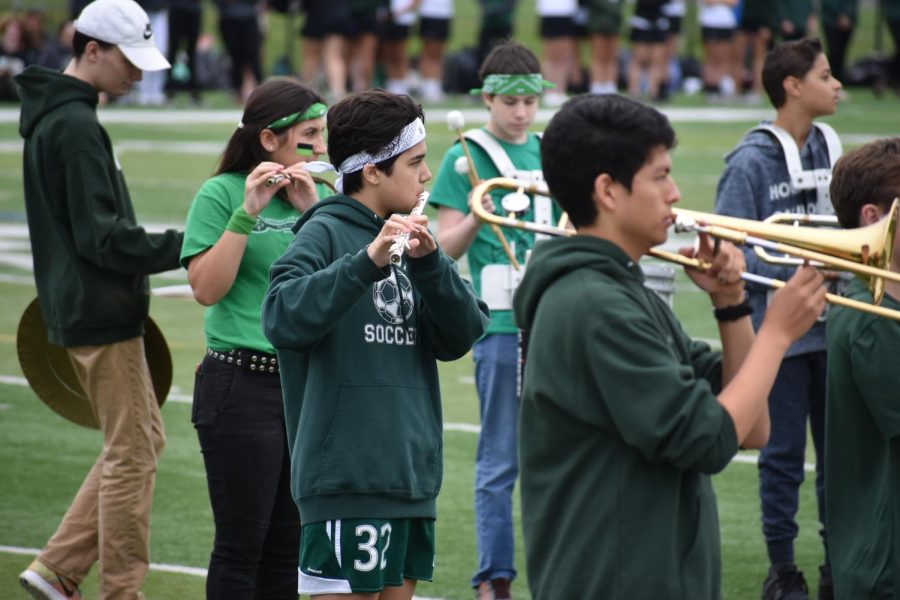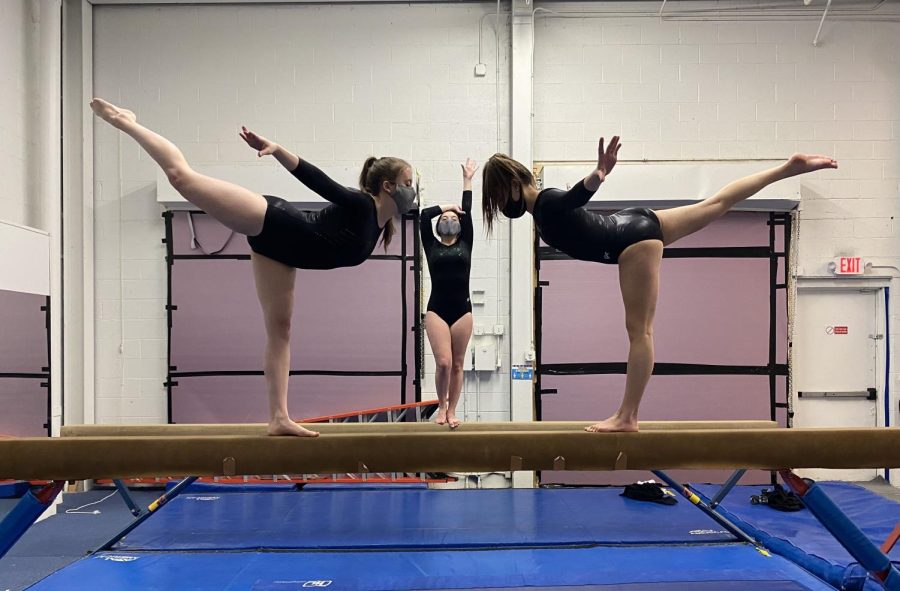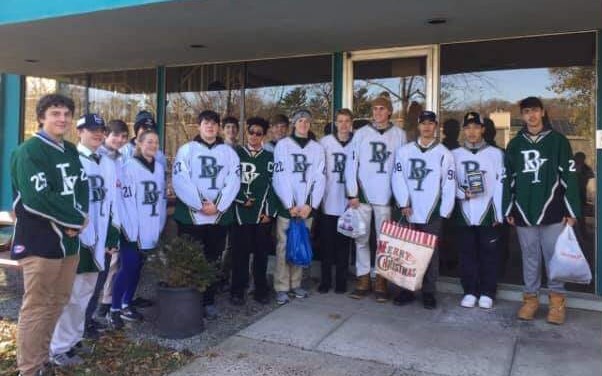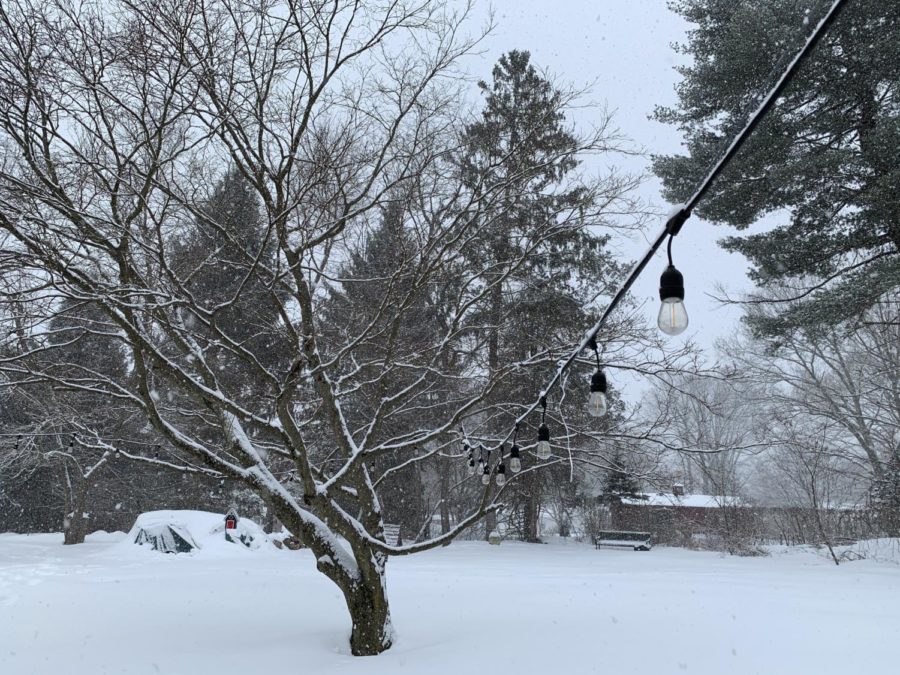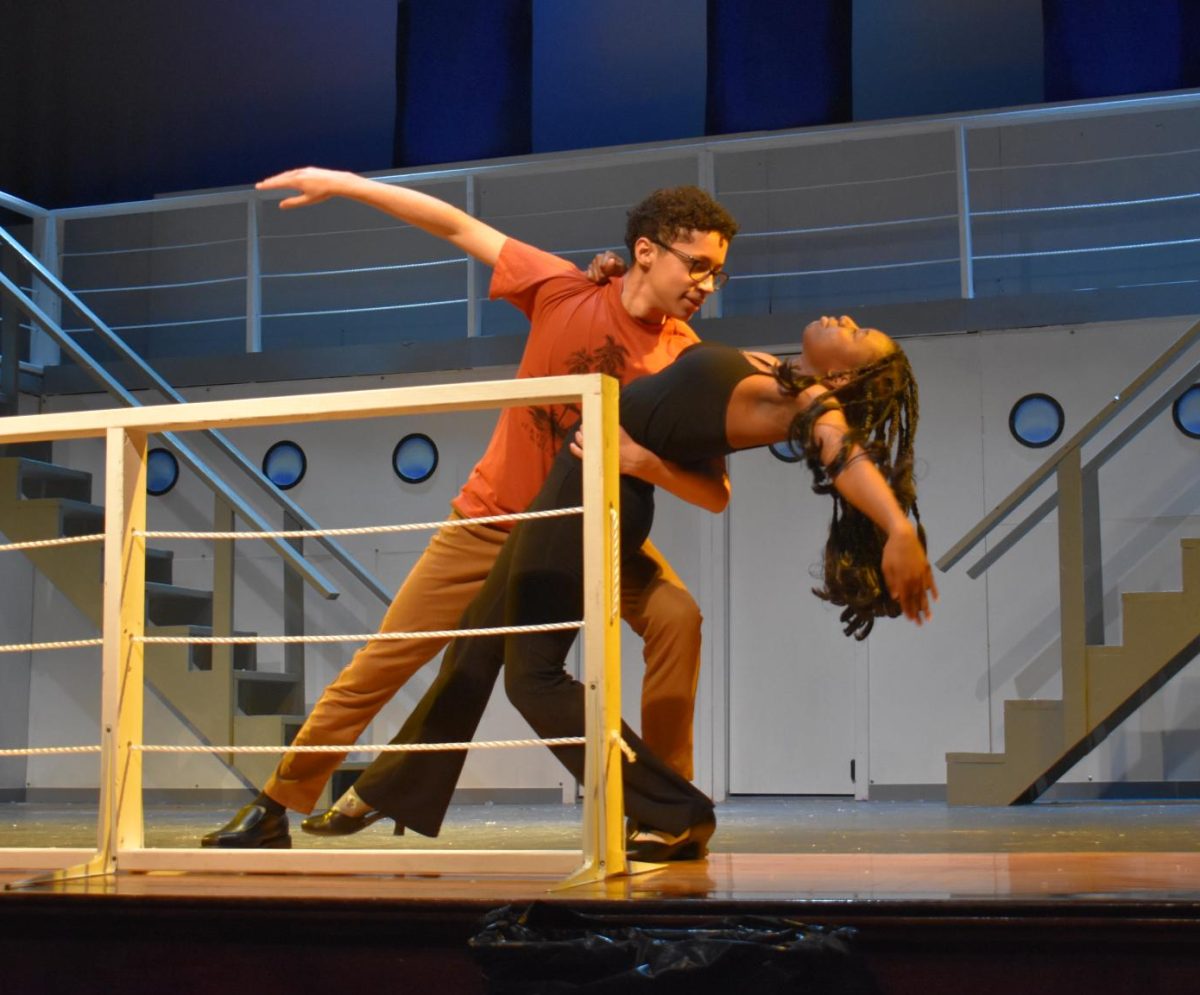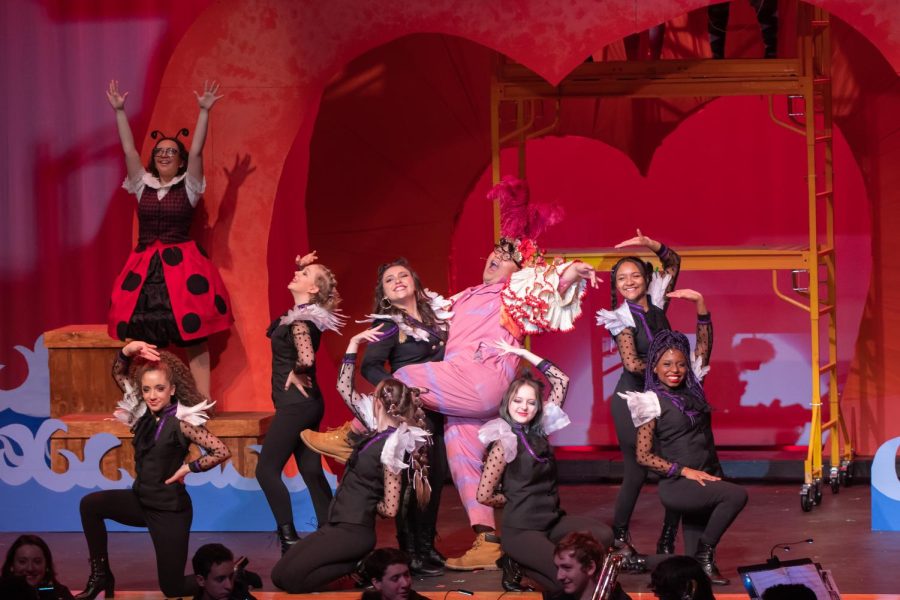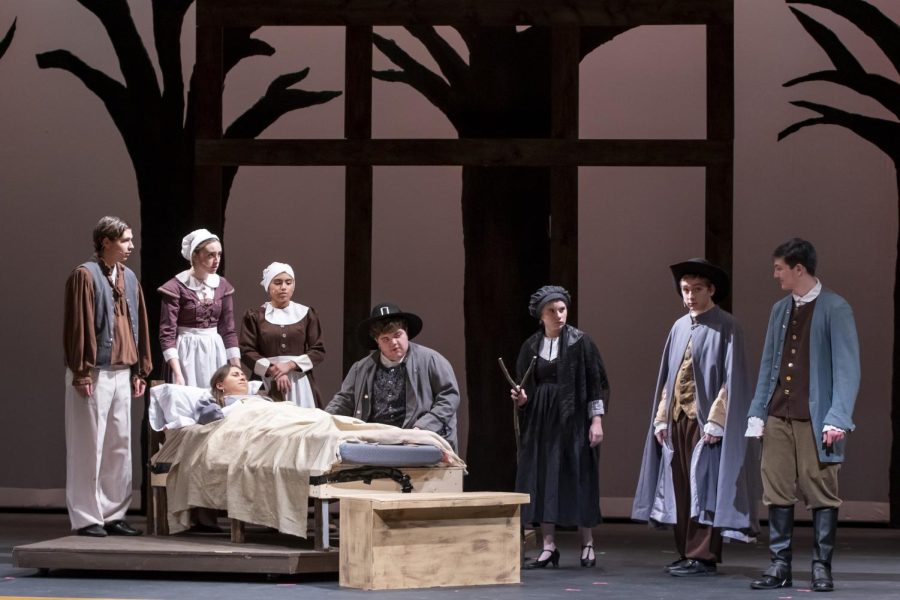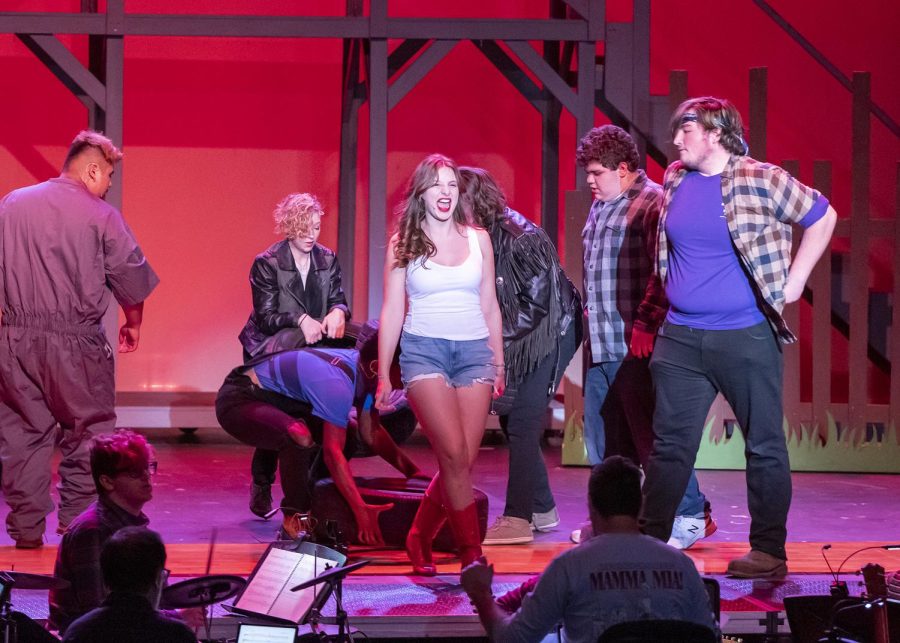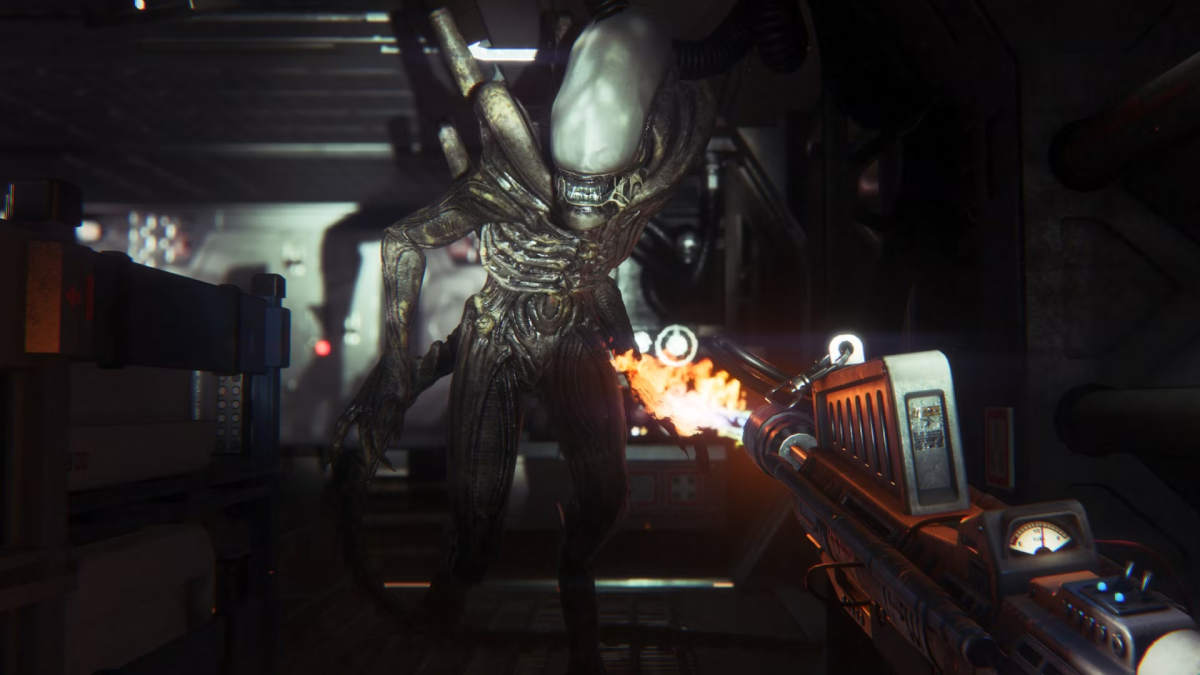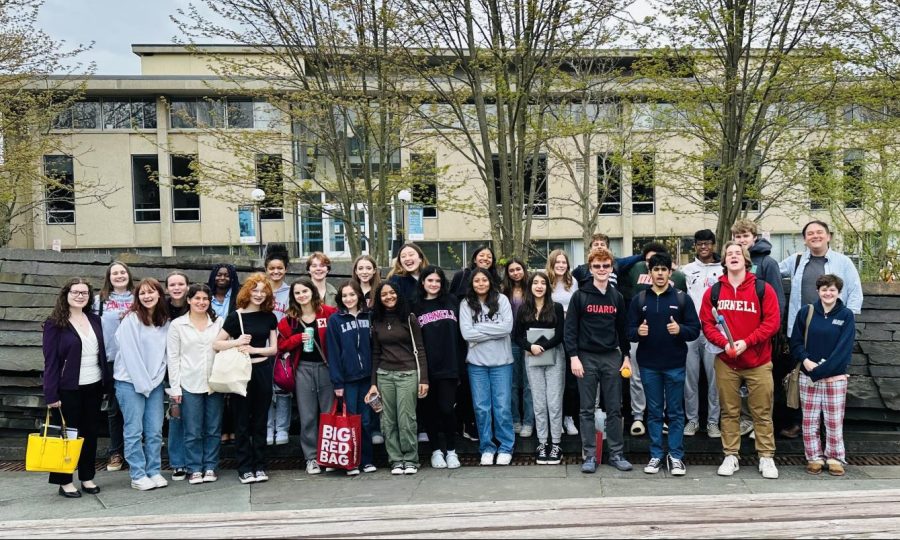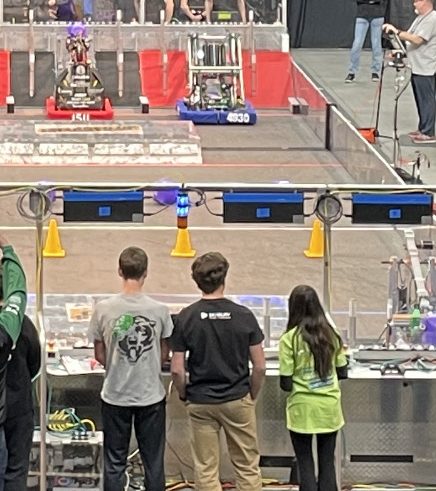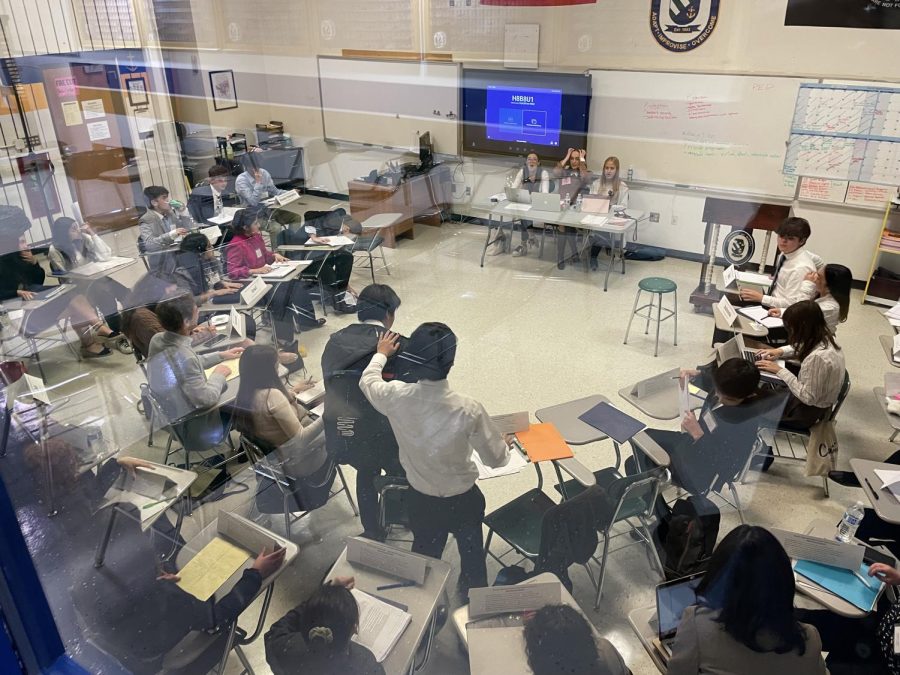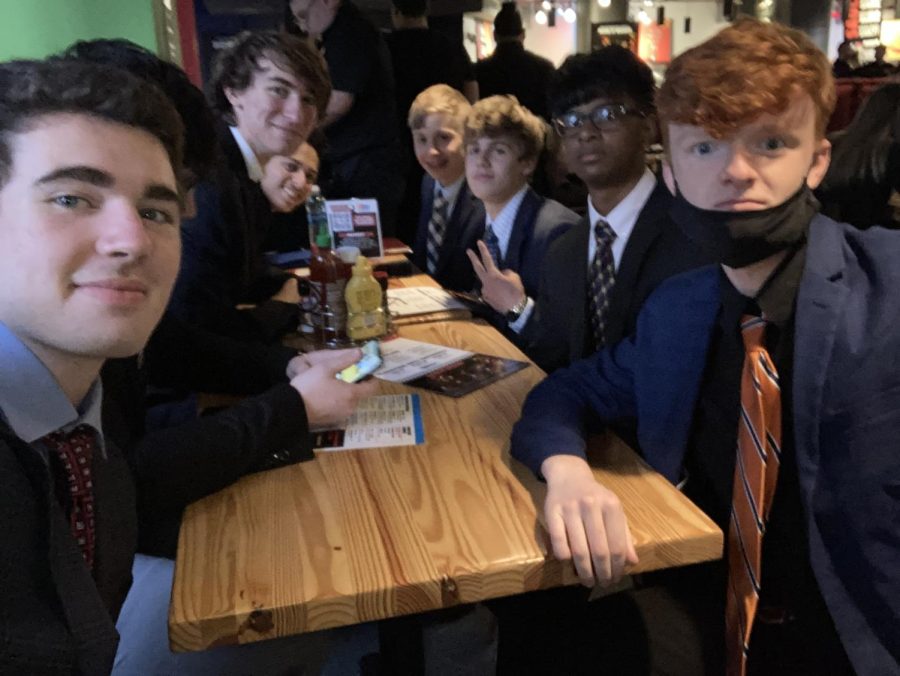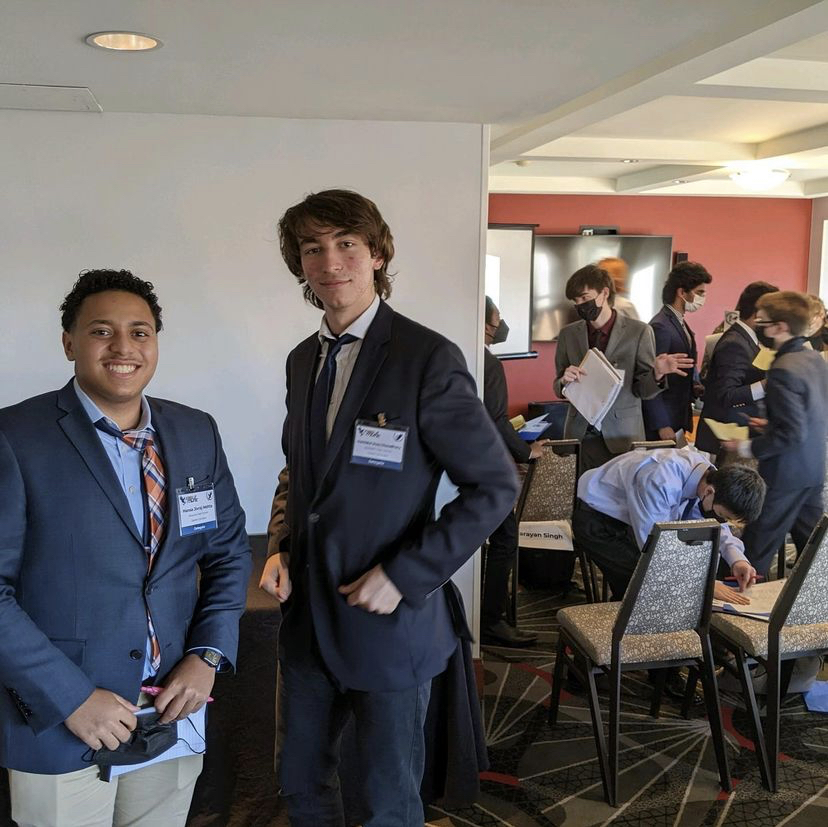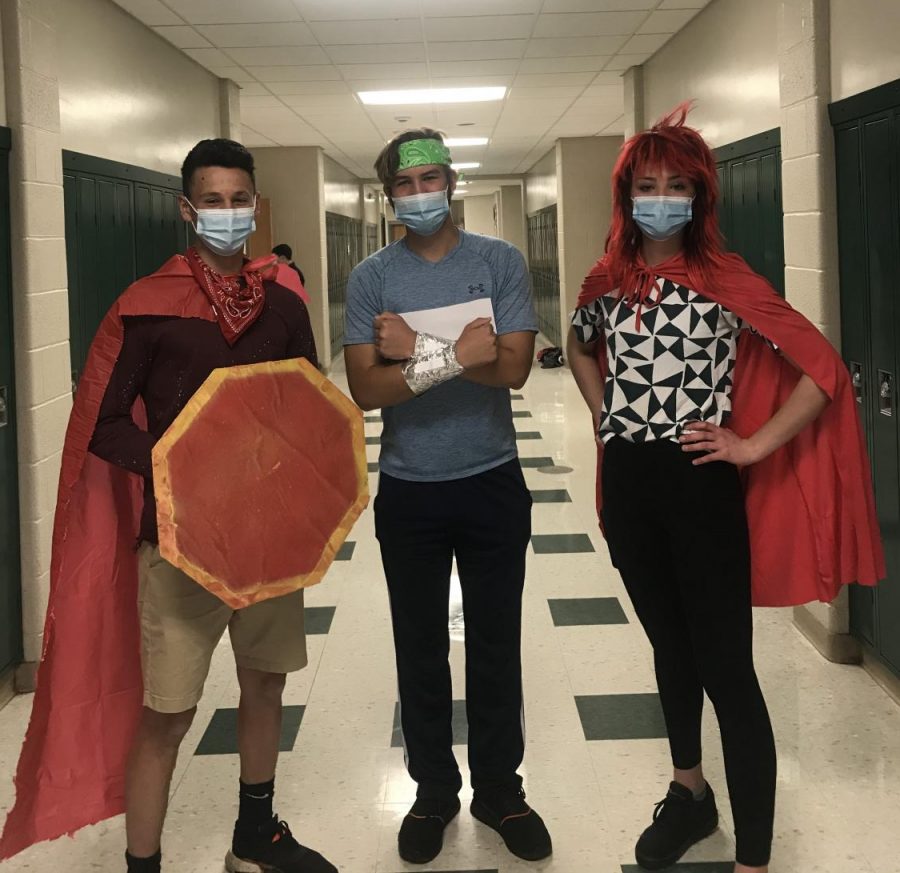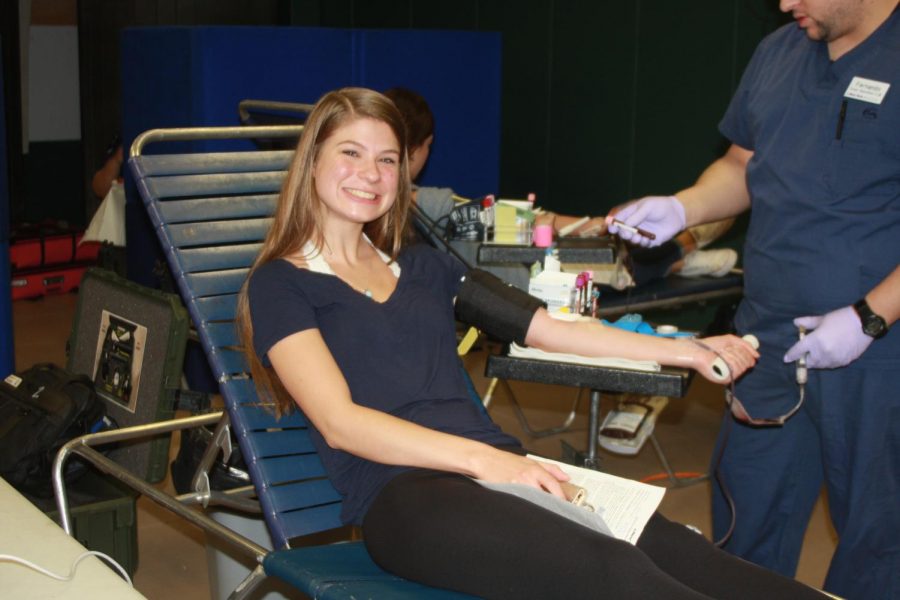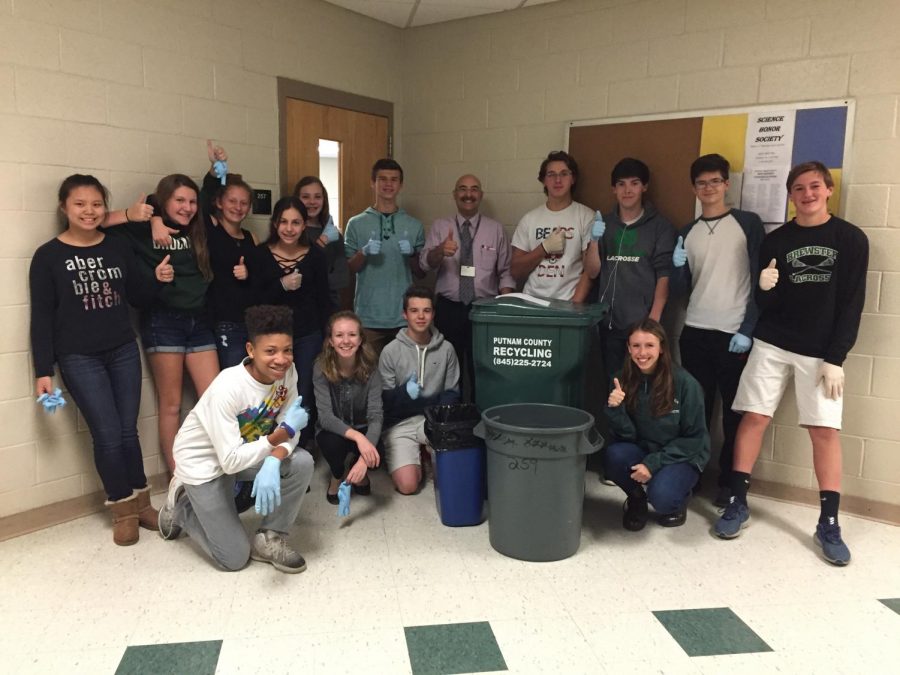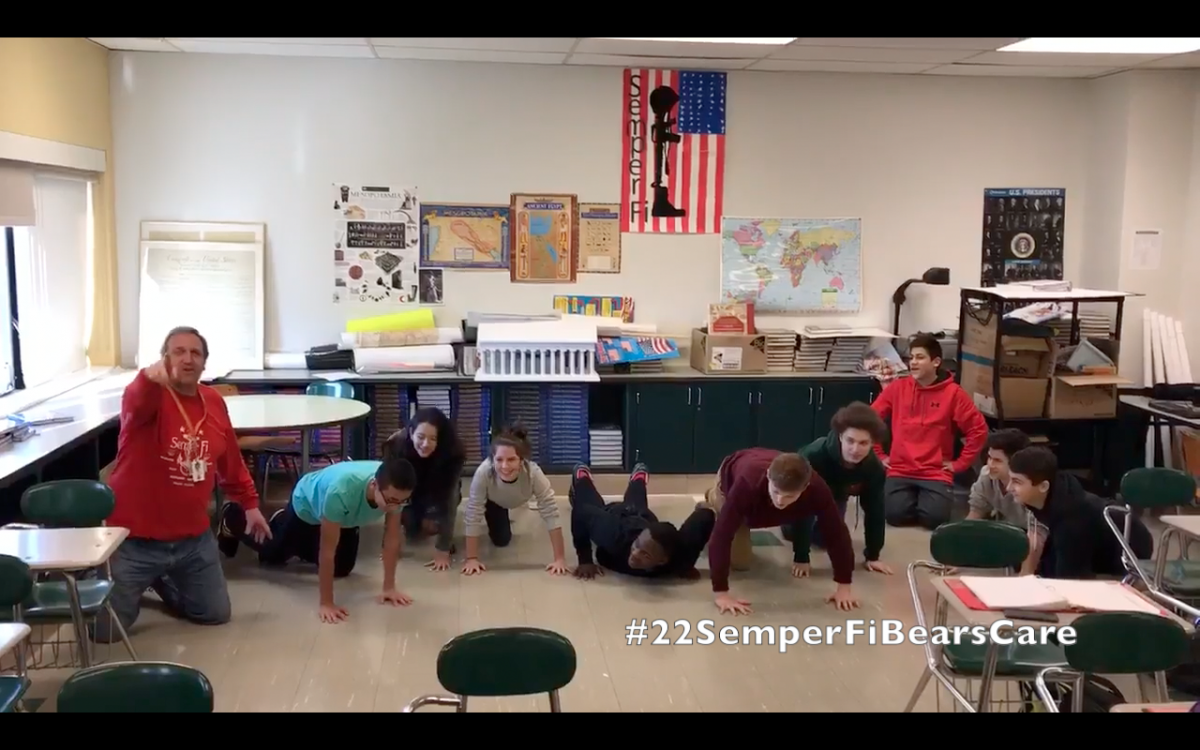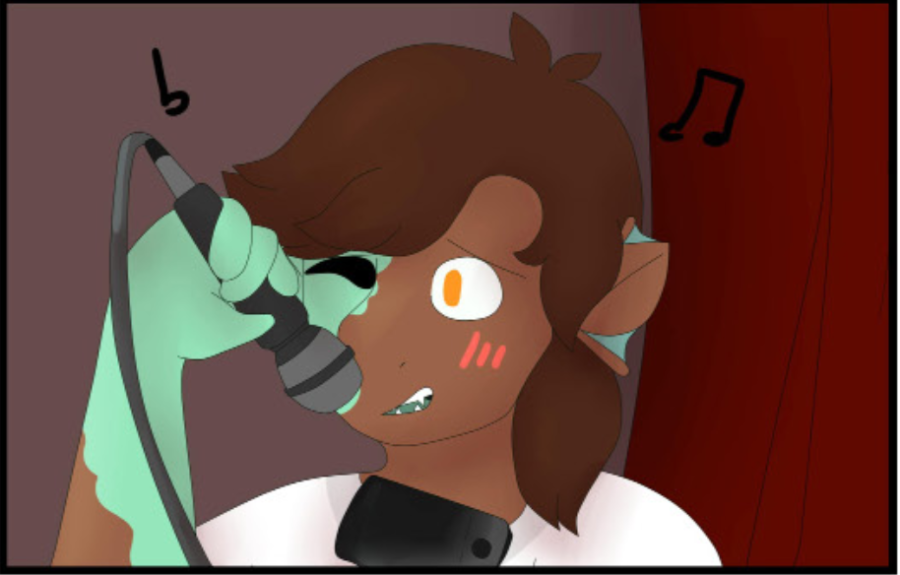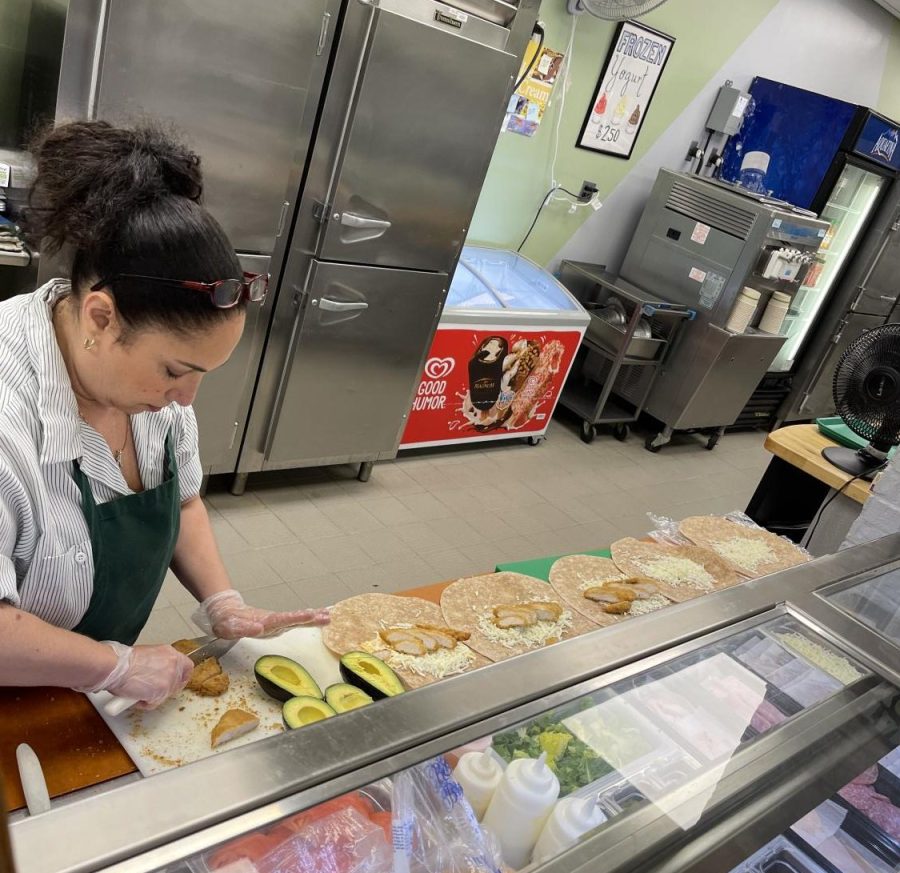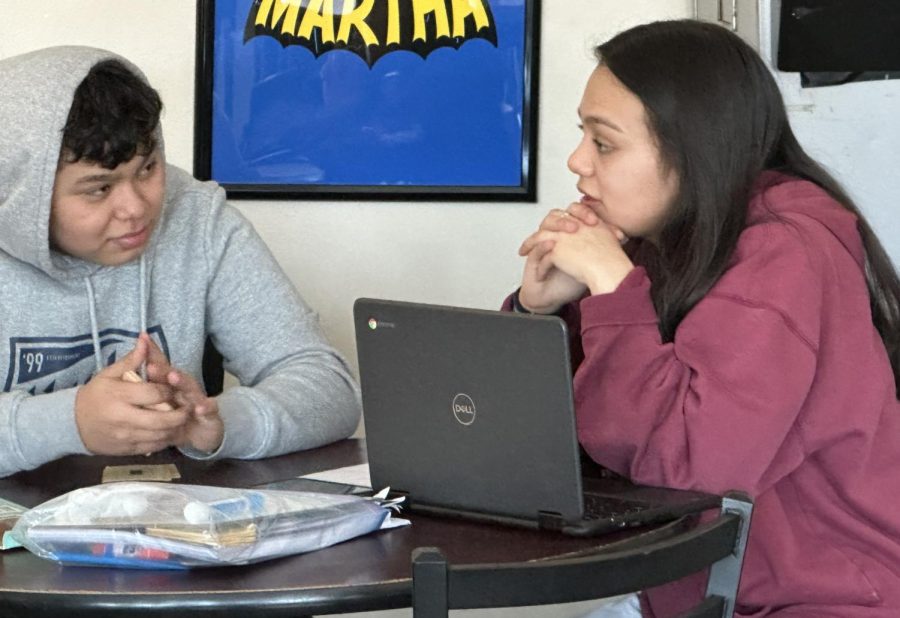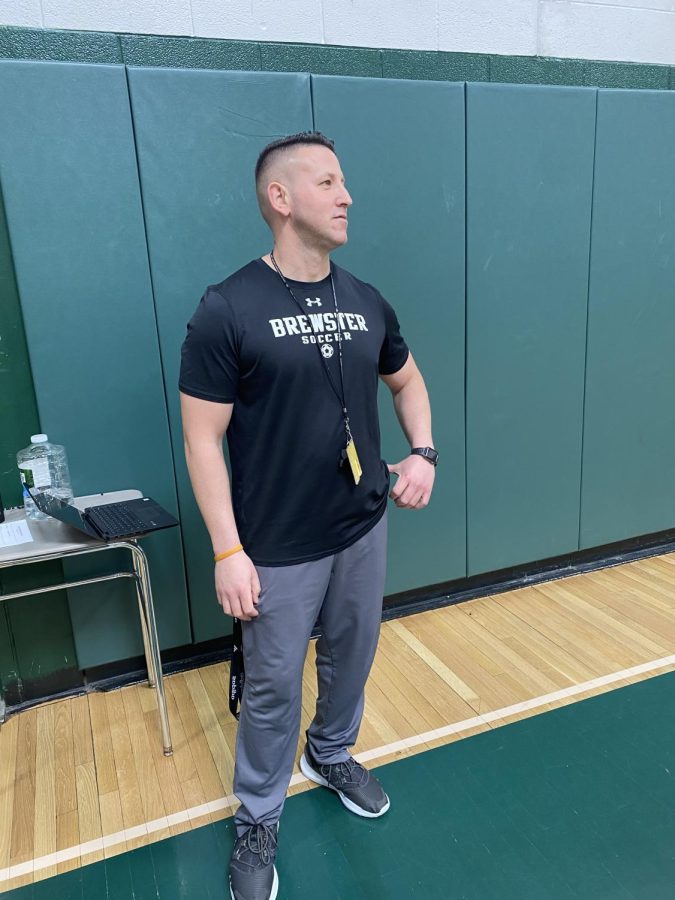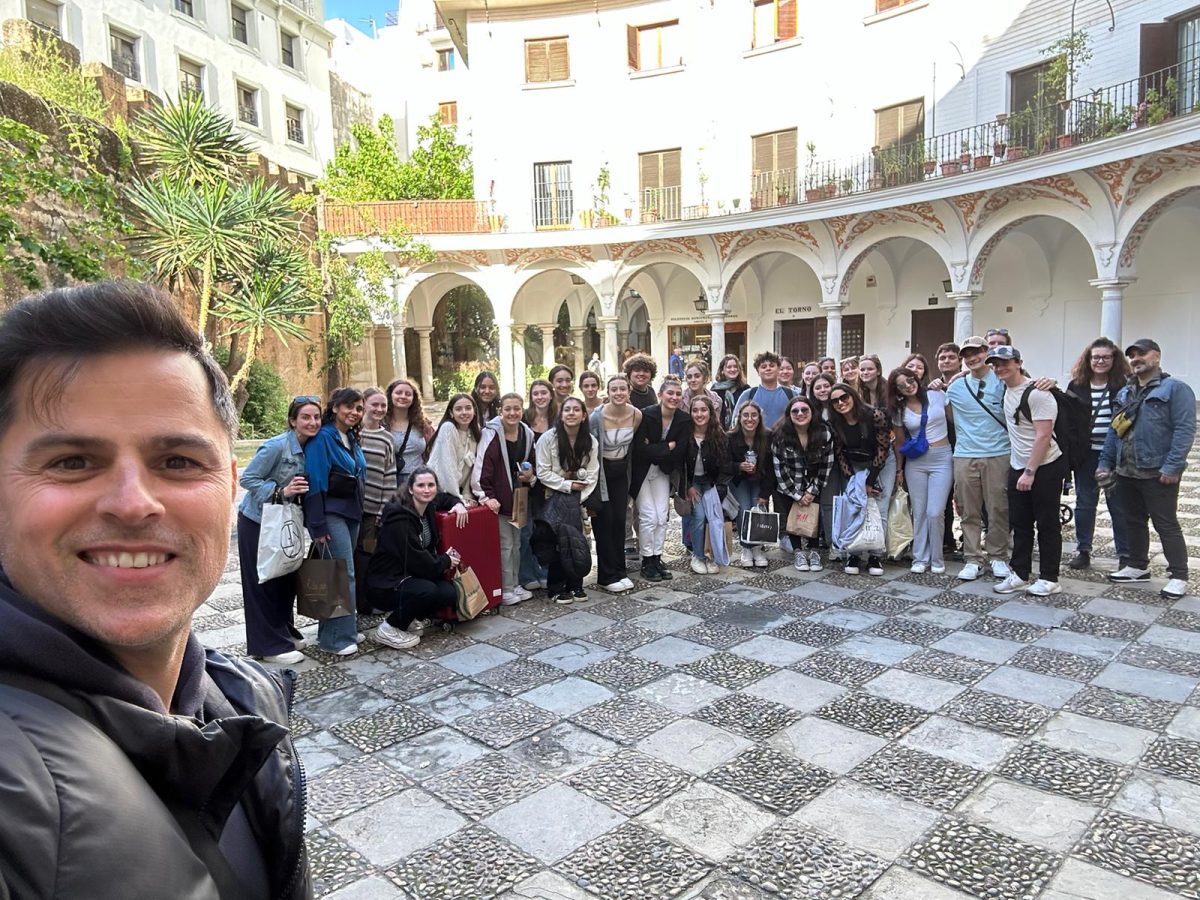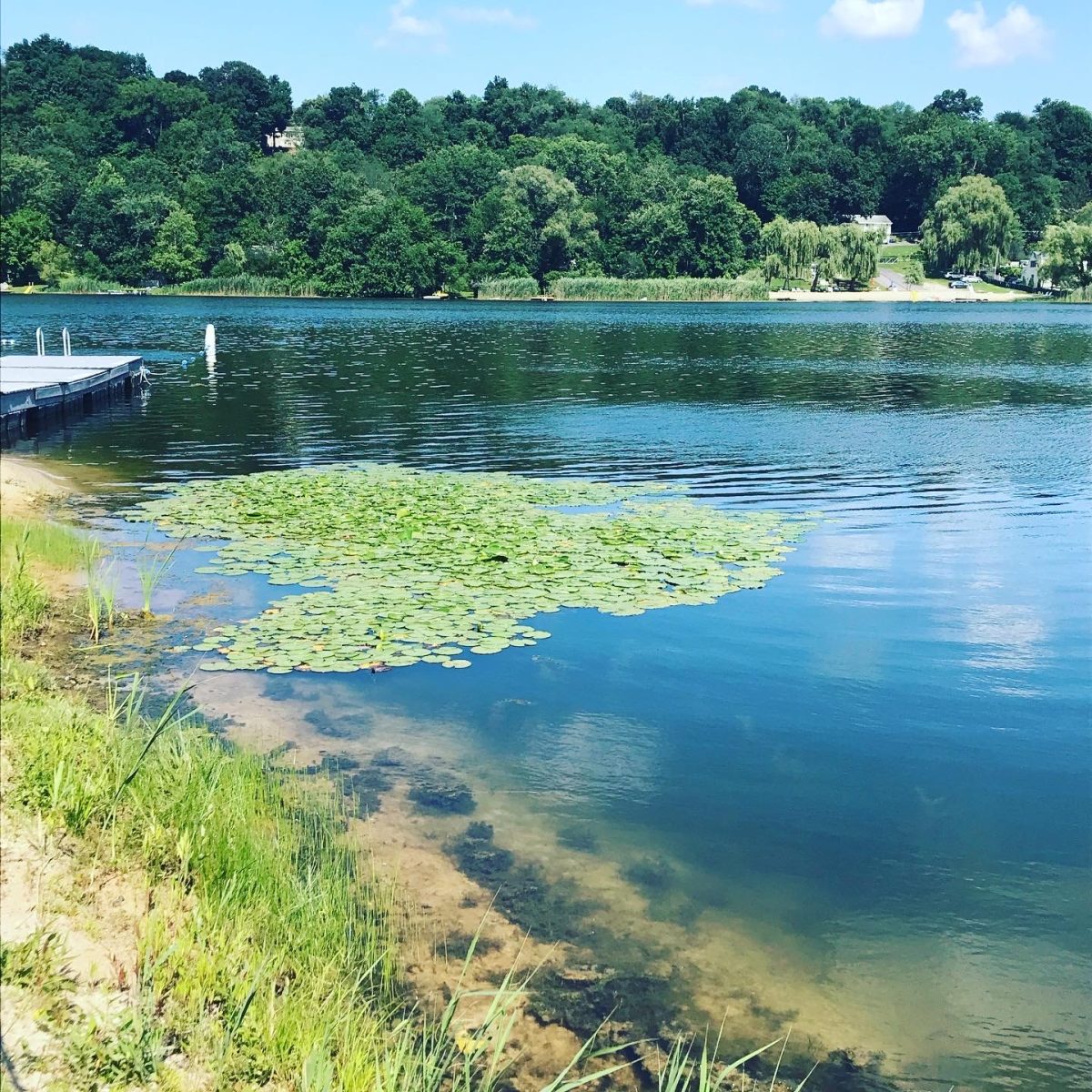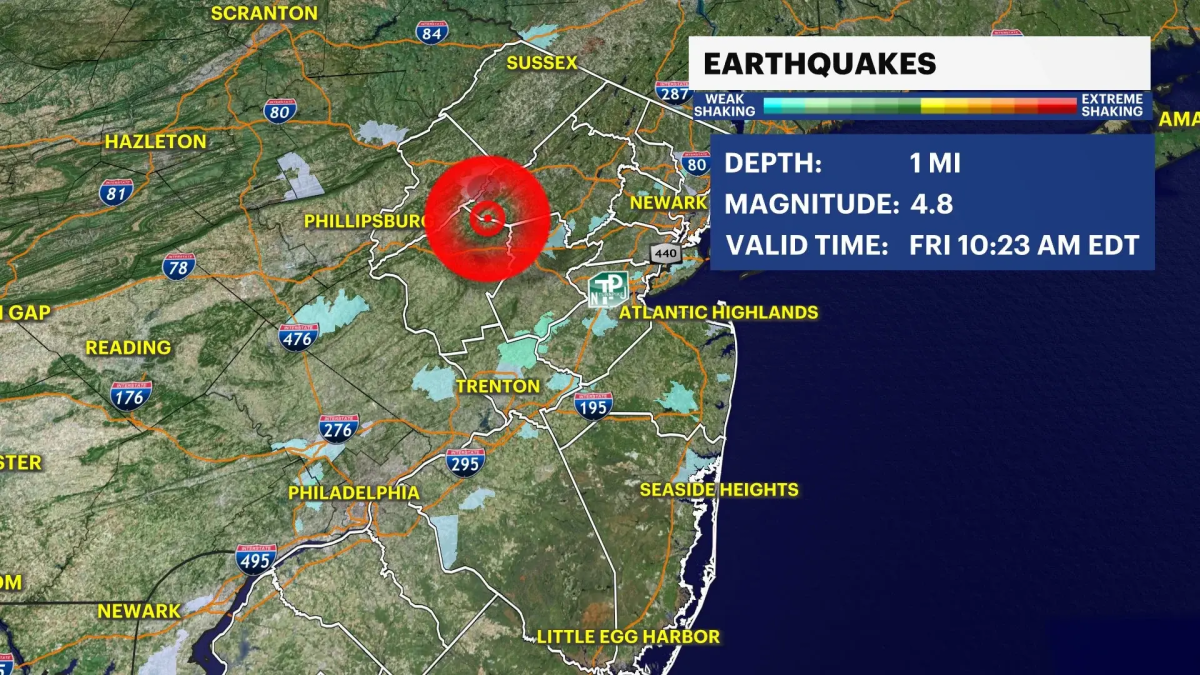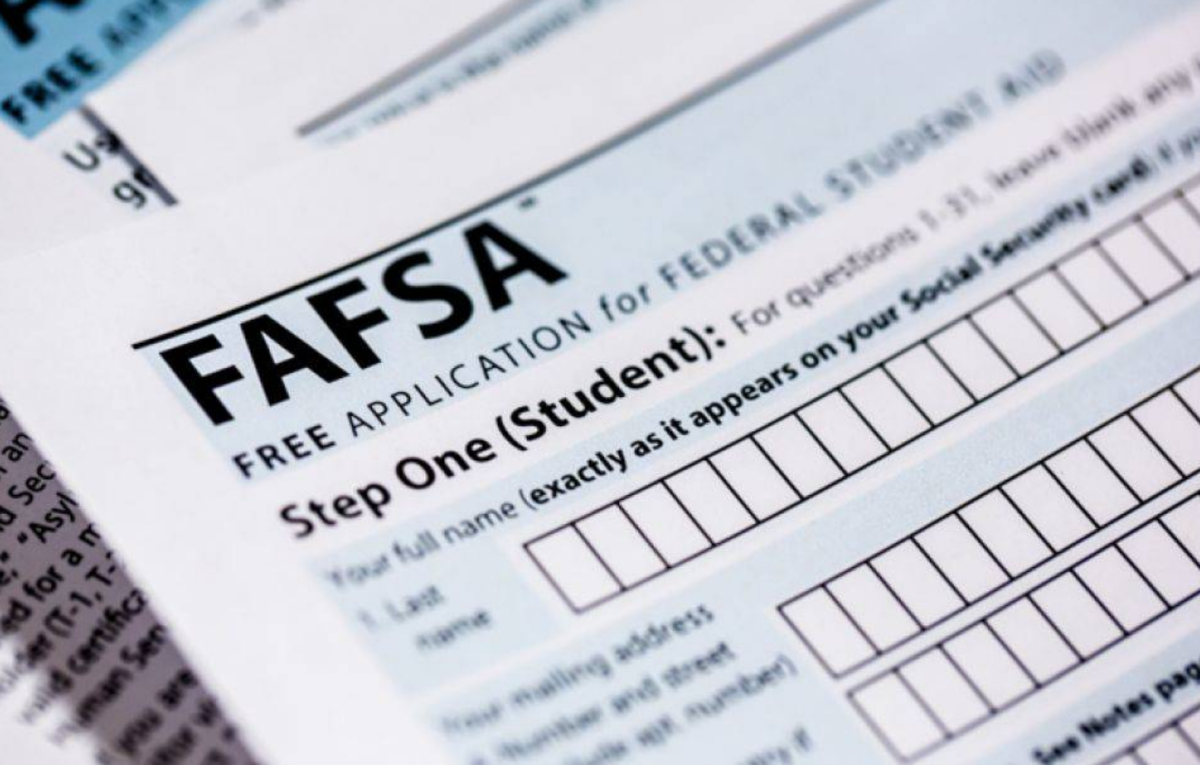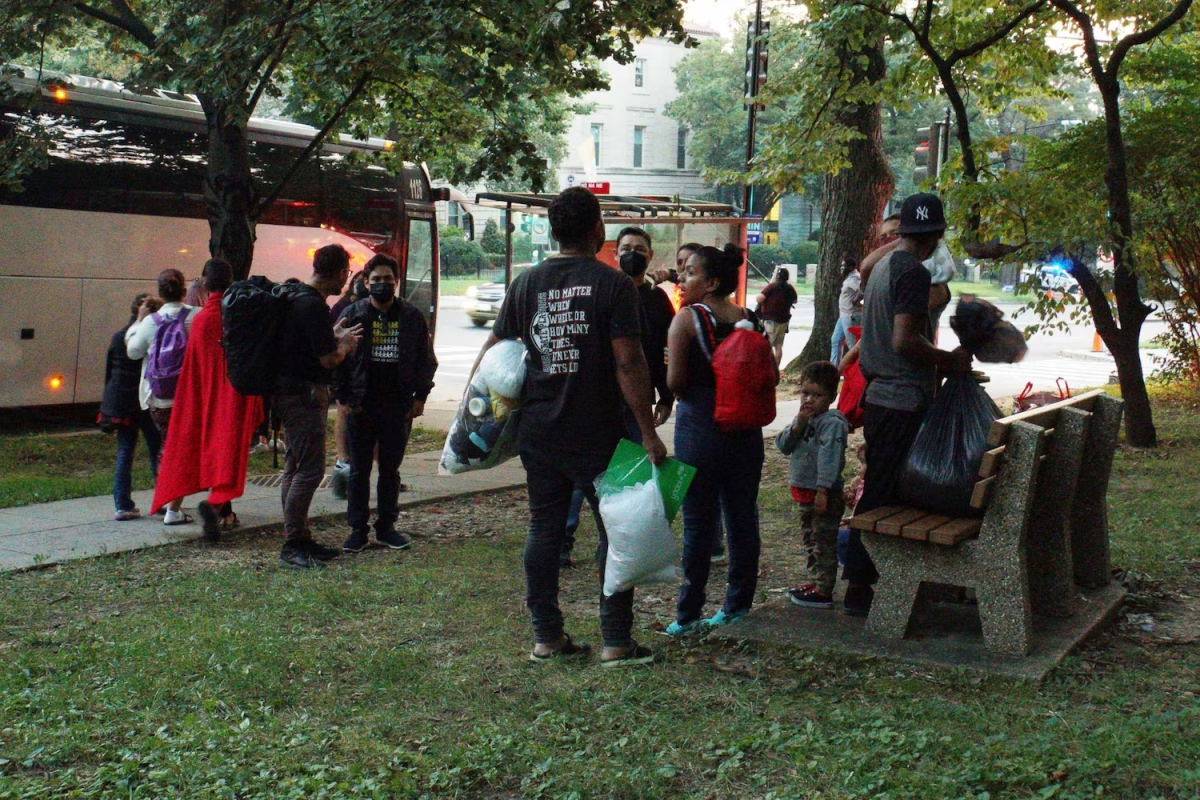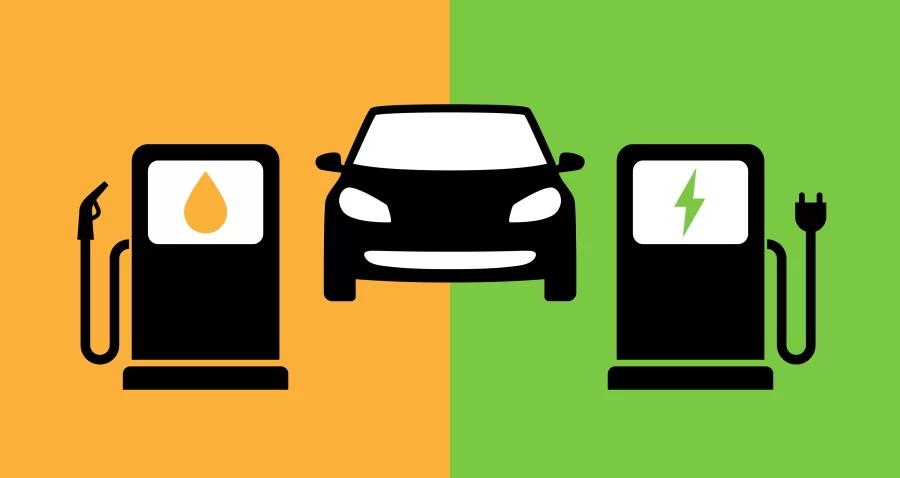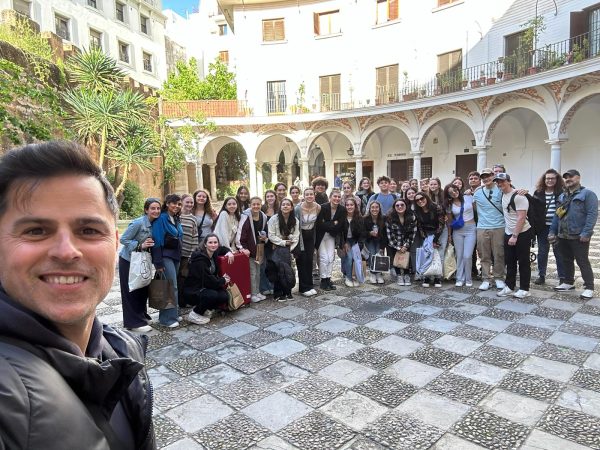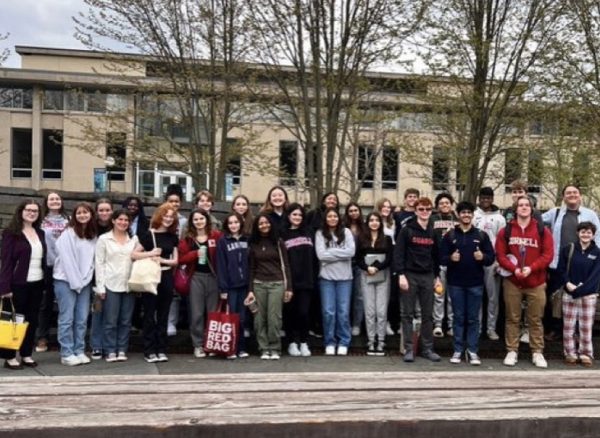Brewster Reconstruction: All the Plans, Obstacles, and Hopes
With the Village’s Ambitious Ideas Regarding the Village, Controversy Still Surrounds the Future
May 6, 2022
Since 2013, talks of a “reconstruction” have been rampant amongst Brewster residents. In 2019, the application was officially sent by the Brewster Village Municipality, led by Mayor James J. Schoeing, for the Downtown Revitalization Initiative Grant. This reconstruction plan would include $234,000,000 of repairs including landscaping, repaving sidewalks, and the installation of a park, as well as new apartment buildings and restaurants.
One of the biggest changes with this reconstruction plan include the sidewalks. With most of Brewster’s inhabitants walking on foot, it’s important to have safe places where pedestrians can walk. The grant plans $1.3 million for the inclusion of sidewalks in Brewster. Most exciting about this renovation plan however is the conceptualized Main Street Linear Park. With a paved sidewalk and brand new benches, this park is sure to be a sight to see.
This approach is all Phase One of the reconstruction plan which consists of mostly repairs to plumbing, electrical upgrades, structural repairs to make buildings safer and emergency systems.
At first, there’s no doubt that nearly all of Brewster’s citizens would welcome the Downtown Revitalization Initiative. That is, at least, Phase One of it. Phase Two is where things start to get more controversial and involves a lot more of the “reconstruction” aspect.
Phase Two entails new retail stores which will replace family owned stores (costing the town upward of $3 million), new townhouses for events and social programs (costing upwards of $18 million), and the biggest change of all, roughly $20 million spent on totally new, urban style, studio apartments. Where Phase One costs about $18.5 million dollars of the budget, the other $215 million completely comes from Phase Two.
While this reconstruction plan is exciting, however, places we know and love like Bob’s Diner, and Pizza Place and Trattoria II El Pueblo will be closed, possibly permanently. For people whose livelihood and years of hard work are going to be affected, the reconstruction plan doesn’t sound all too giving.
It’s not too hard to come to the conclusion that the Brewster reconstruction plan has less to do with the well-being of the current village inhabitants and more of the potential attraction Brewster can become for city weekend visitors. When we look at the spending difference between what’s to help our people from the Village of Brewster and what’s meant to attract NYC tourists, there’s clearly a difference in priority and intention.
With Brewster on the path to become a more bustling and flourishing town, one can imagine that more businesses with city-eque formats will start to come, alongside existing restaurants already beginning to retain a city aesthetic that’s unique in Brewster.
On the surface, it seems as though there are tons to be gained for the people of Brewster Village. After all, in the official application, it’s stated that an estimated 516 construction jobs will be created, as well as 135 permanent jobs at the various new establishments. Would this not help the 5.5 percent unemployment rate of the Village?
However, a deeper dive into the dynamics of the Village paints a different, less rosy picture for some of its inhabitants. No one would argue that the Village of Brewster has a large immigrant population, many of whom are undocumented and unaccountanted. For them, it is difficult to find “on the book” jobs, and with rising apartment and rent prices due to the reconstruction, families are going to begin losing their homes. Life is about to become a lot more difficult for these people, and in the face of this plan, there seems to be little we can do to stop it and protect them.
Over the past twenty years, Brewster’s storefronts have changed, so this is not the first time that Brewster has undergone changes. In the years from the late 80’s when “The Pool House” was still playing the “60’s greatest hits” to now when “Los Inquietos del Norte” rings in the air, a totally new community has built itself where an old one died. It’s then easy to see how the other side of Brewster who doesn’t live in the Village, those who once visited the movies on Main Street or the candy shop across the street from it, have turned a blind eye to it now, especially when it comes time to tear it down to build a “fancier” place.
While many outside of the Village are looking forward to the “new and improved Brewster” there are questions and concerns about those living in the town now. As we have seen in many other towns that have had makeovers, often times the people that lived in the town before the upgrades are unable to afford to live there afterwards. This author asks the question, what are we doing to protect those that are already living in town to be able to afford to stay in their homes after? Some argue that the biggest concern of all of this reconstruction can be chalked up to one word: gentrification, the process in which an area with a poorer population is washed away by “improvement” and the moving in of wealthier people. There are some who feel that all of this revitalization will cause a massive displacement, exiling the current villagers. Our hope for this new and improved Brewster is that they are taking the culture and personality that is now an intricate part of our society and enhancing it. The town is on the crossroads between choosing a personality of other towns around us or choosing to encompass what makes us unique.
Brewster has always been a destination location. Being the last stop on the train, it has brought new families, suburban seekers, and job recruitment throughout the years. While this once brought prestige and newspaper headlines to our little town, our hope is that this revitalization does the same without harming those who now make it unique. While many are excited to have this revitalized town, our hope is that those who have spent their lives building up this town over the last twenty or so years are able to find their place once again when the renovations are completed, that these people’s lives are taken into account, and that they will be dealt fairly with for the community that they ultimately built and may now potentially lose.
Urban Renewal Plans for the Village can be found on the Village of Brewster’s website – brewstervillage-ny.gov

